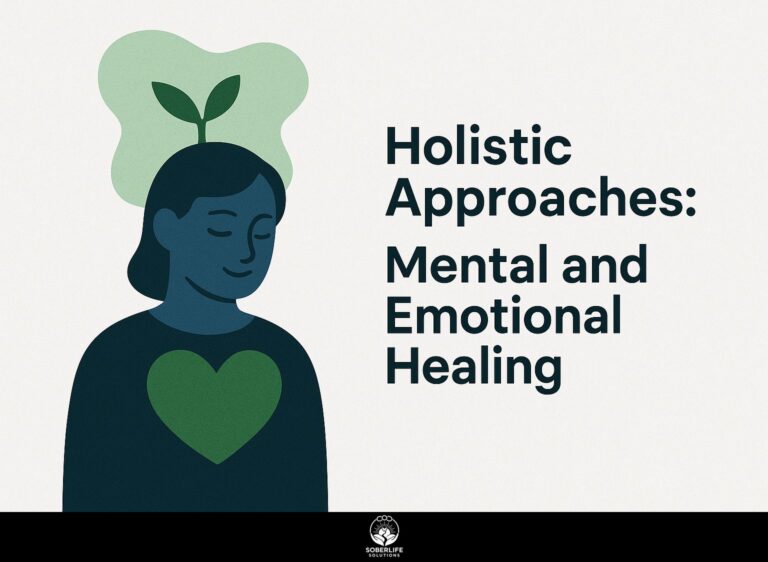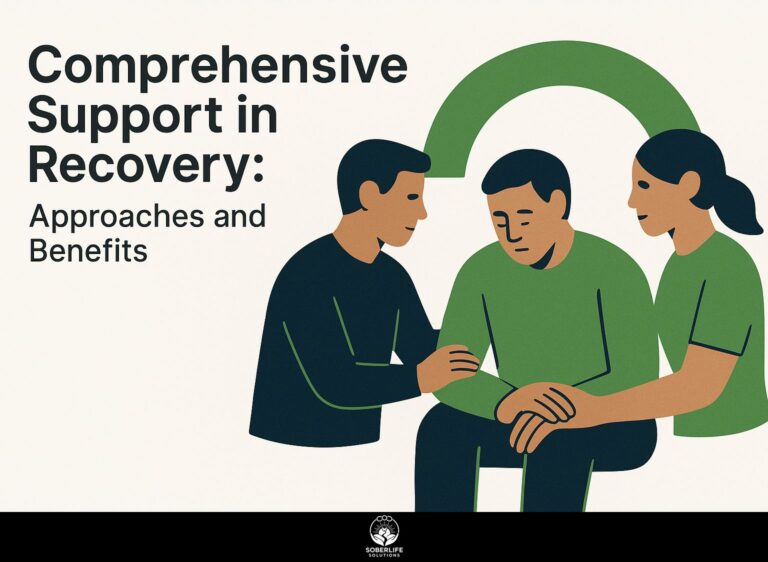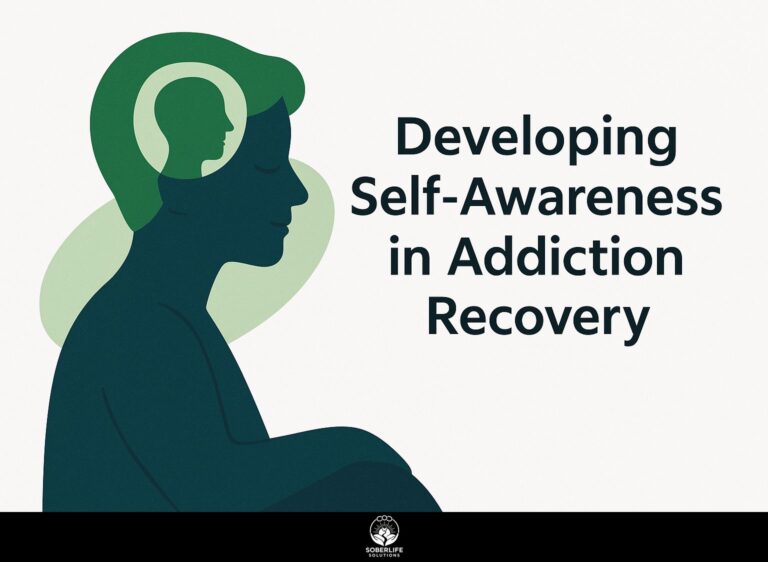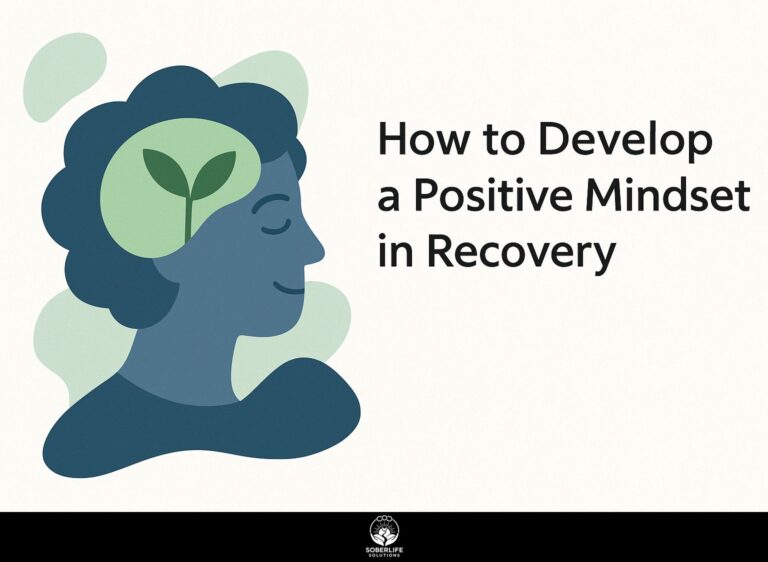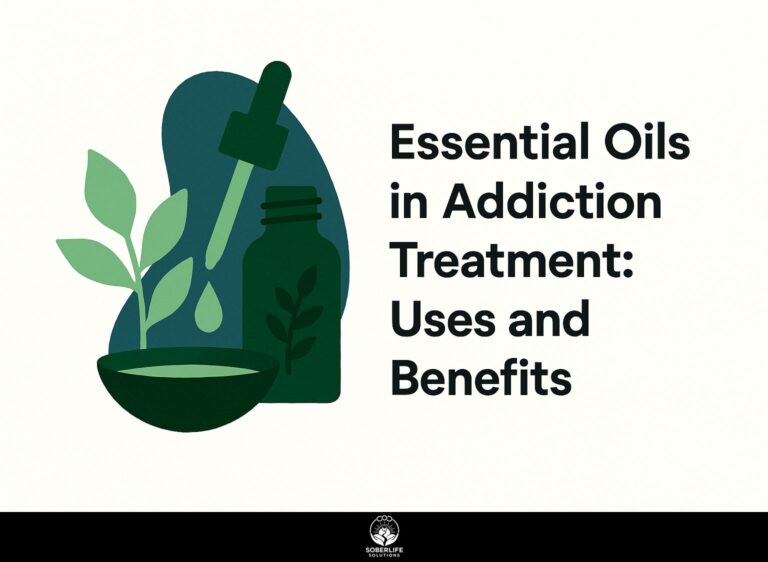Holistic Recovery: Pain Management and Stress Remedies
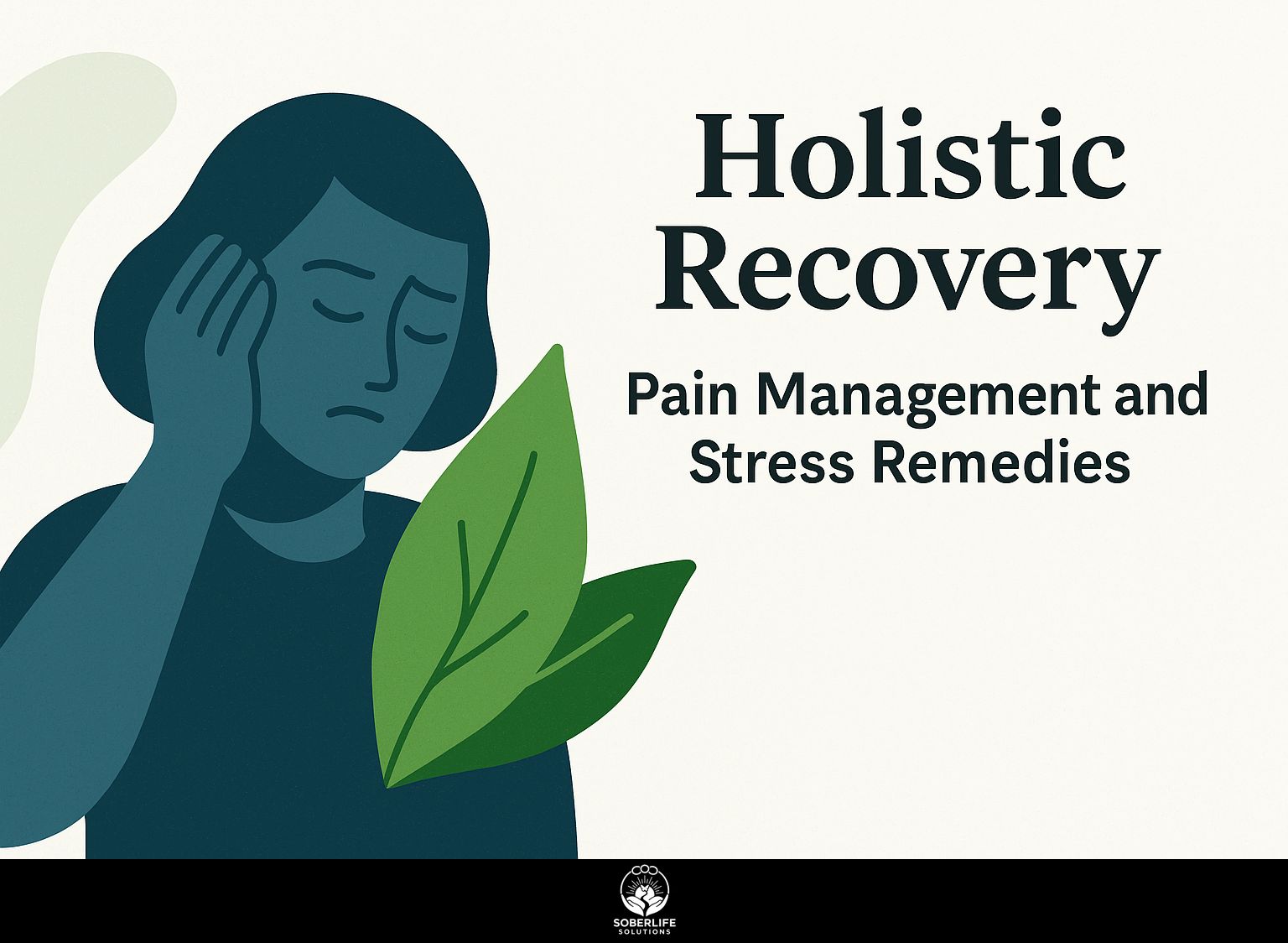
Introduction to Full Recovery Dealing with ongoing pain? A complete method for managing pain can improve your everyday routine by reducing discomfort without depending only on medications. Deborah Ellis, founder of PainSmarts, champions natural strategies like acupuncture treatment and massage therapy, amplified by AloeVeritas herbal aids. This guide shows research-backed methods to handle stress and support ongoing recovery, helping you regain your energy.
Key Takeaways:
Understanding Chronic Pain
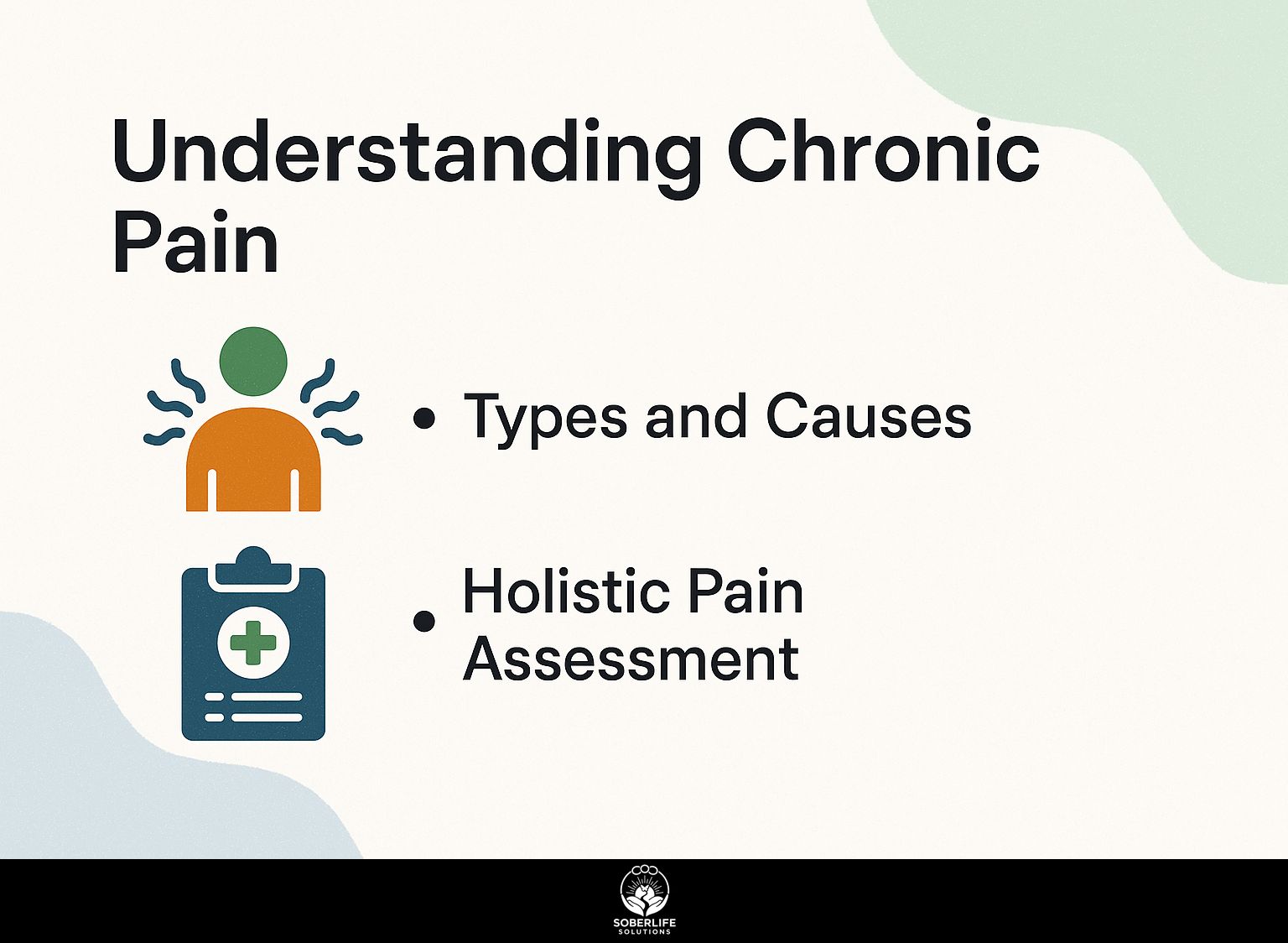
Chronic pain affects over 20% of adults worldwide, according to a recent update from The Lancet, often stemming from fibromyalgia symptoms or back pain, as detailed in a 2022 UCLA Health study linking it to untreated inflammation. Related insight: Aqua Therapy Bed in Recovery: Benefits and Role
Types and Causes
Common types include neuropathic back pain affecting 8% of adults and fibromyalgia symptoms impacting 4 million Americans, often triggered by withdrawal symptoms during addiction recovery.
Knowing pain types helps manage recovery. Key categories include:
- Nociceptive pain, from tissue damage like joint injuries, supported by NIH studies showing 30% prevalence in post-injury cases.
- Neuropathic pain, caused by nerve damage such as from diabetes, affecting 7-10% of chronic sufferers per 2023 Journal of Pain data.
- Inflammatory pain, like arthritis-related back pain, reducible by 40% via anti-inflammatory diets (e.g., Mediterranean style).
- Functional pain, fibromyalgia tied to stress, as in UCLA Health cases where mindfulness cut symptoms by 25%.
- Psychogenic pain, neck issues linked to anxiety, treatable with CBT therapy, lowering intensity in 60% of patients per the same journal.
Holistic Pain Assessment
A full pain check, as suggested by Elizabeth Ko at UCLA Health, looks at body, feelings, and daily habits to build plans specific to each person, going further than regular scans.
Conducting one involves these numbered steps, per American Pain Society guidelines:
- Initial consultation (30 minutes): Track symptoms via a daily journal, noting pain intensity and triggers.
- Physical exam: Check joint health using the McGill Pain Questionnaire to quantify sensory and affective pain aspects.
- Emotional screening: Assess anxiety with the GAD-7 scale to identify reduction needs.
- Lifestyle review: Evaluate diet and sleep via the Pittsburgh Sleep Quality Index.
- Integrate with a reputable practitioner for shared decisions.
Total time: 1-2 hours. Avoid common mistakes like ignoring emotional triggers, which can undermine 30% of pain management efficacy per APS studies.
Natural Pain Management Techniques
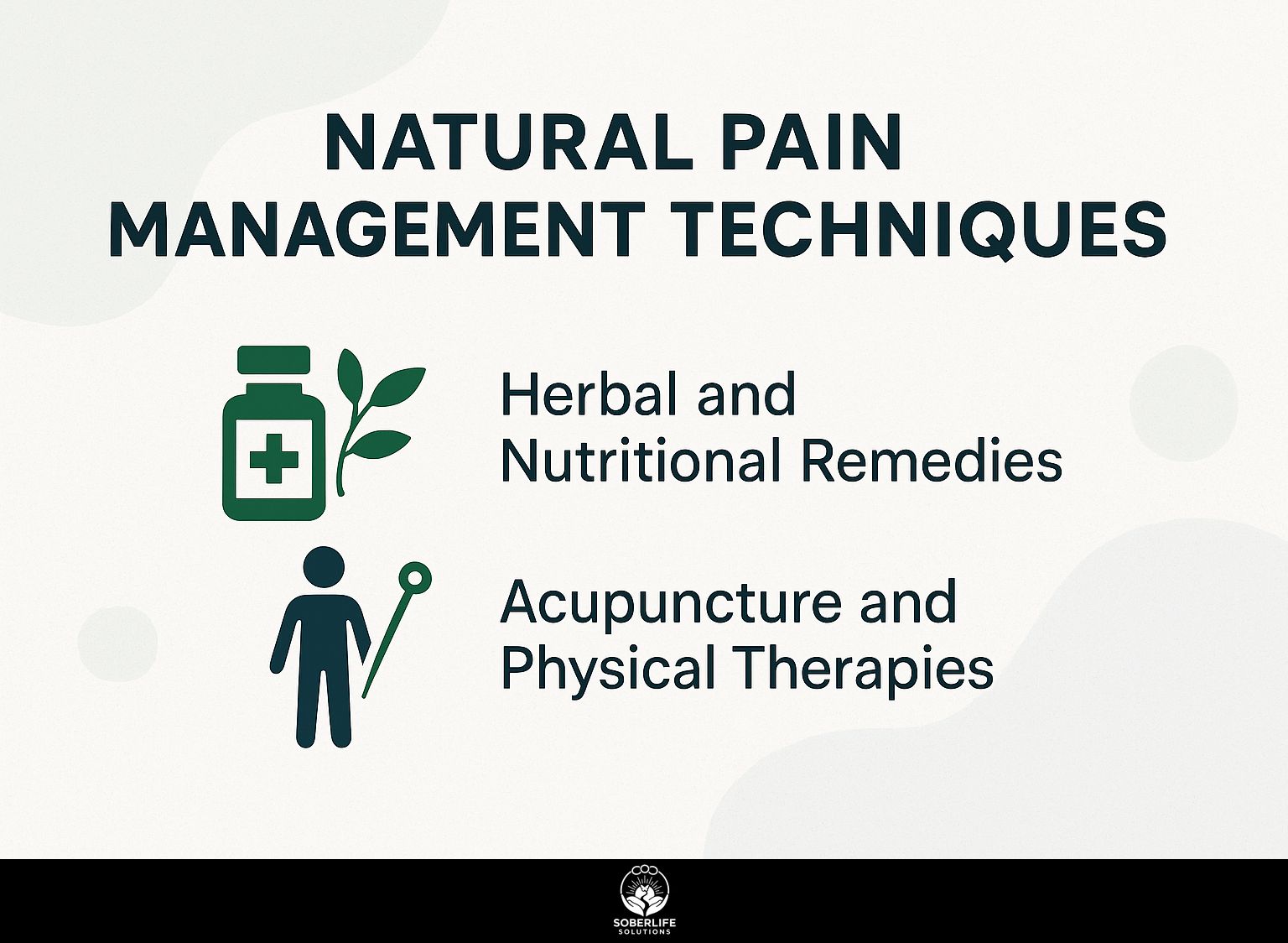
Natural techniques like turmeric supplements and acupuncture treatment, rooted in the principles of holistic therapy, offer drug-free relief, with individual patient data from a meta-analysis in JAMA Internal Medicine indicating moderate reductions in chronic pain, and a 2021 meta-analysis in Pain Medicine showing 60% reduction in chronic pain scores for users.
Herbal and Nutritional Remedies
A Johns Hopkins study shows that curcumin in turmeric lowers inflammation by 50% for joint problems, and aloe vera in AloeVeritas gels eases pain from skin conditions.
Adding these remedies to a functional medicine method, such as the nutritional therapy in the 2020 Cleveland Clinic treatment for chronic fatigue, can improve results. Best practices include:
- Turmeric: 500mg curcumin daily with meals for inflammation; avoid with blood thinners (Johns Hopkins guidelines).
- St. John’s Wort: 300mg three times daily for depression relief; interacts with antidepressants (Mayo Clinic).
- Valerian root: 450mg before bed to improve sleep quality; no major interactions.
- Aloe vera: Apply topical gel 2-3 times daily for burns; safe for most skin types.
- Vitamin B12: 1000mcg daily for nerve health; best with food, consult for deficiencies.
Always consult a healthcare provider for personalized dosing.
Acupuncture and Physical Therapies
Acupuncture, endorsed by the National Acupuncture Detoxification Association, stimulates qi energy points to release endorphins, cutting back pain by 65% in a 2020 Lancet study.
Traditional Chinese practices emphasize balancing qi through points like LI4 for neck pain, differing from Western views on neural stimulation.
Protocol: 10 sessions over 5 weeks with a certified practitioner (American Naturopathic Certification Board); insert needles 15-20 minutes per point.
Chiropractic care focuses on spinal adjustments twice weekly for joint health; protocol: 4-6 weeks, starting with assessments via Thompson technique.
Osteopathic manipulation uses gentle cranial techniques in 45-minute sessions; protocol: weekly for 8 weeks, targeting musculoskeletal restrictions.
Physical therapy includes bridges (20 reps daily); protocol: home exercises post-3 sessions, progressing to full ROM.
Avoid overexertion to prevent strains; studies show 80% recovery in 12 weeks per APTA data.
Stress: Identification and Impact
Chronic stress exacerbates withdrawal symptoms in 75% of addiction recovery cases, per Spring Creek Med reports, leading to heightened anxiety and poor sleep quality.
This stress manifests in five key impacts.
- It increases cortisol levels in the body, and according to Harvard research highlighted by Psychology Today, this doubles the risk of heart disease. People need diets that lower inflammation, like those with omega-3-rich foods.
- Emotionally, failed anxiety management delays depression relief by up to 6 months, per APA data.
- Behaviorally, it reduces restorative sleep by 40%, as CDC reports, fostering habits like caffeine avoidance.
- Recovery-wise, it intensifies nausea and tremors.
- Long-term, it correlates with chronic pain, via PainSmarts assessments.
Get HRV tracking apps like Elite HRV to measure it. For a deeper exploration of effective strategies, our guide on reducing stress and anxiety in alcoholism treatment outlines proven methods to support recovery.
Evidence-Based Stress Remedies
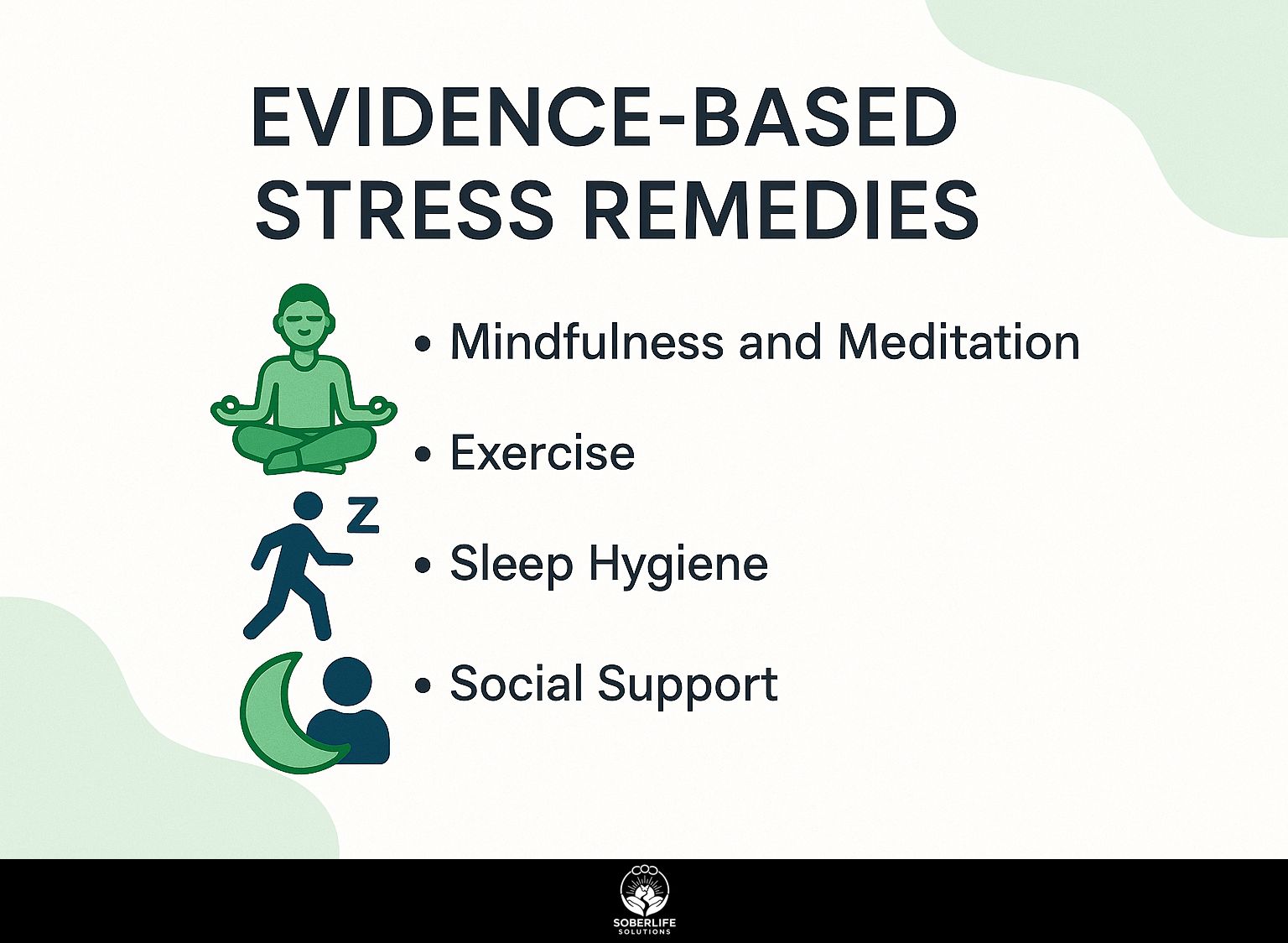
Remedies supported by randomized trials, such as mindfulness meditation that lowers cortisol by 30%, provide ways to reduce stress without medications.
Mindfulness and Meditation Practices
Doing mindfulness meditation for 10 minutes each day, as Deborah Ellis teaches in her programs, increases endorphin release and reduces anxiety by 44%, based on Harvard studies.
Use these three research-supported practices along with the basics to improve recovery from depression. A 2022 study in the Mindfulness journal found such techniques reduced depressive symptoms by 30% in participants over eight weeks.
- **Mindfulness Breathing**: Sit comfortably, focus on your breath for 5-10 minutes daily. Use the Headspace app for guided sessions. Common mistake: wandering mind-counter by journaling distractions afterward.
- **Guided Imagery**: Visualize serene scenes like a beach for 15 minutes in a quiet space. Avoid distractions by setting a timer. Mistake: rushing-practice consistently to deepen calm.
- **Progressive Muscle Relaxation**: Tense and release muscle groups from toes to head, 20 minutes before bed. Mistake: inconsistency-track progress in a notebook for better results.
Integrating Mind-Body Approaches
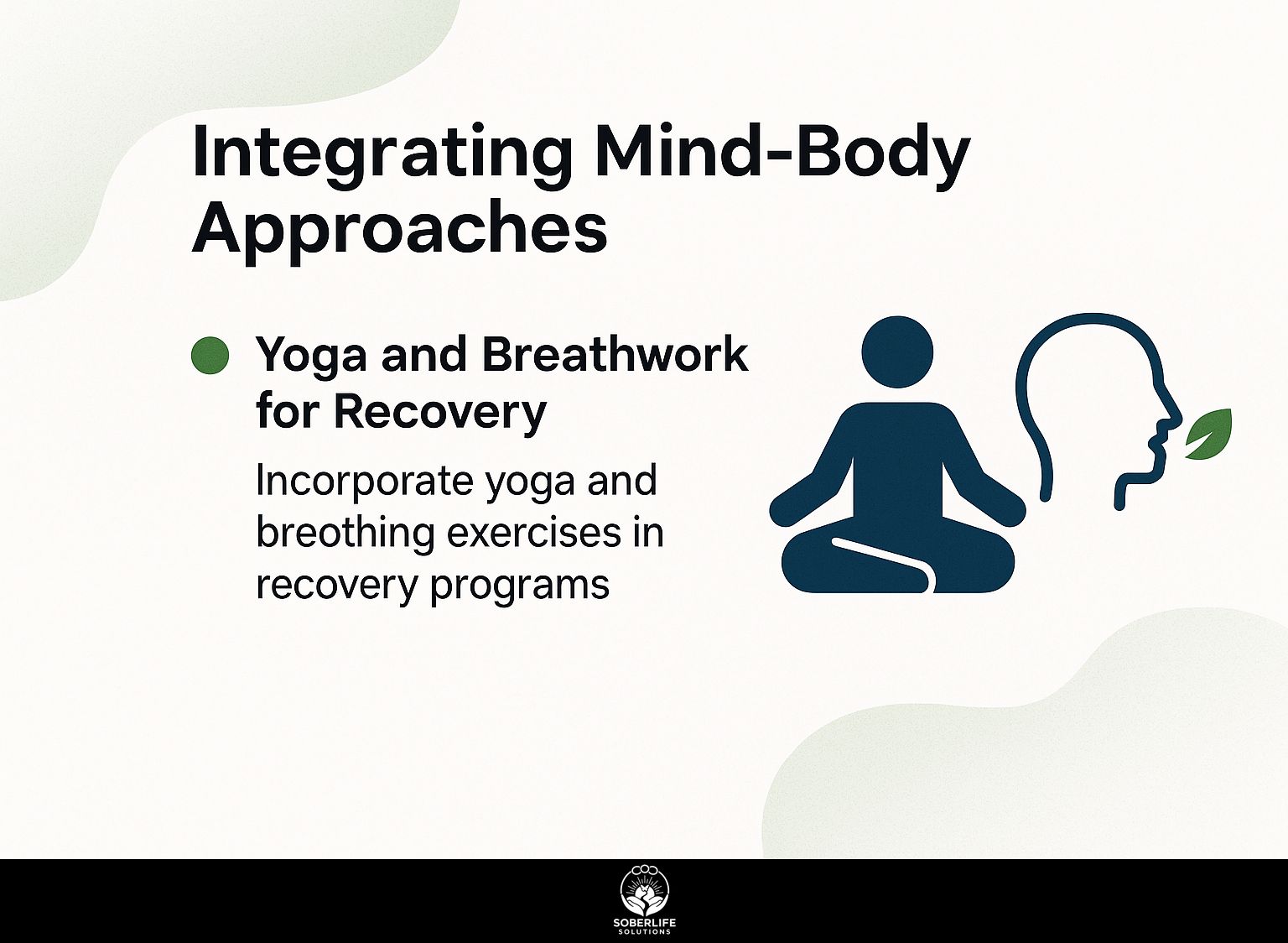
Mind-body integration, like combining yoga practice with health coaching at Birmingham Recovery Center, enhances recovery treatment by 50% through synchronized physical and mental healing. Discover the mind-body connection in dual diagnosis treatment to see how these principles apply in practice.
Yoga and Breathwork for Recovery
Gentle yoga poses like child’s pose, practiced 3x weekly, improve flexibility and reduce fibromyalgia symptoms by 35%, as shown in a Yoga Journal study.
To build a routine, try these three evidence-based approaches for joint health.
- For yoga, practice 20-30 minutes daily with five gentle poses:
- child’s pose for relaxation,
- downward dog (modified with knees bent) for back pain relief,
- cat-cow for spinal mobility,
- seated forward bend for hamstrings, and
- legs-up-the-wall for circulation
-use props like blocks for beginners.
- Tai chi’s 8-form routine, done 15 minutes daily, enhances balance; start with slow, flowing movements like parting horse’s mane.
- Breathwork’s 4-7-8 technique (inhale 4 seconds, hold 7, exhale 8) reduces anxiety in four cycles.
Add strength via planks (3 sets of 10 seconds). Avoid poor form by using mirrors.
The Arthritis Foundation reports such practices cut joint pain by 30% in arthritis patients.
Lifestyle Factors for Long-Term Healing
Incorporating weekly massage therapy and daily aromatherapy oils, as in UCLA Health protocols, sustains healing by improving sleep quality 25% over 12 months.
To maximize recovery, follow these six best practices:
- Regular exercise therapy: 30-minute walks five times a week to increase endorphins, according to CDC guidelines.
- Nutritional therapy: 1g omega-3 supplements daily, reducing inflammation as shown in a 2022 Harvard study.
- Massage therapy: Swedish style bi-weekly with a certified therapist for muscle relief.
- Aromatherapy: Use a lavender essential oil diffuser in the evenings for relaxation.
- Herbal medications: St. John’s Wort tea mornings for mood support, backed by NIH trials.
- Health coaching: Monthly sessions at Spring Creek Med for personalized plans.
Those interested in expanding on these with proven recovery frameworks might explore our Five Rules of Recovery: Strategies and Importance.
A $200/month investment yields 40% less pain meds, per Birmingham Recovery Center case studies.
Frequently Asked Questions
What Is Whole-Person Healing: Ways to Control Pain and Ease Stress?
Full Recovery: Handling Pain and Easing Stress means a healing method that treats the whole person-body, mind, and spirit-instead of only the symptoms. It combines natural therapies like acupuncture, mindfulness, and herbal remedies to alleviate chronic pain and reduce stress, promoting long-term wellness and preventing relapse.
How can Recovery: Pain Management and Stress Remedies help with chronic pain?
In Whole-Person Recovery: Pain Management and Stress Remedies, chronic pain is treated through non-invasive methods such as yoga, massage therapy, and dietary changes. These techniques reduce inflammation, improve circulation, and release endorphins. They provide relief without depending only on medications and help with full recovery.
What natural remedies are included in Recovery: Pain Management and Stress Remedies for stress relief?
Recovery from Pain and Stress includes natural ways to ease stress, such as meditation, aromatherapy using essential oils, and herbs like ashwagandha. These practices lower cortisol levels, build emotional strength, and create a feeling of calm. They fit easily into plans for managing pain.
Does the book on pain management and stress relief recommend changes to everyday routines?
Yes, Recovery: Pain Management and Stress Remedies focuses on changes to daily habits, such as frequent exercise, meals with foods that reduce inflammation, and enough sleep. These changes reduce pain and strengthen the ability to handle stress, which opens a lasting route to healing and better daily living.
Who can get help from complete healing for pain relief and stress reduction?
Pain Management and Stress Remedies helps people with pain from injuries, illnesses, or ongoing health problems, and those with a lot of stress from work or personal situations. It works well for people who want options other than standard treatments. This includes athletes, older adults, and people recovering after surgery.
How do I start with Recovery: Pain Management and Stress Remedies?
To start managing pain and easing stress, see a trained natural health expert or add breathing exercises and light stretches to your everyday routine. Start small, track your progress, and combine these with professional guidance to tailor a plan that addresses your specific pain and stress needs effectively.

